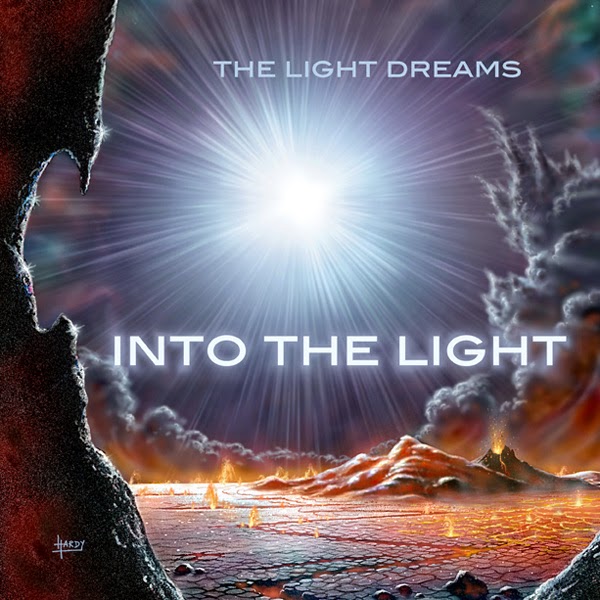This was my view. Well, one of many breathtaking views. Out
of shot to the right, you’d eventually see the sea. Nobody else for miles
around, epic views and that kind of special-smelling warm air and sea breezes that
you get from being high up. The atmosphere up there in the Andalusian mountains
was tranquil to say the least.
This was 7 years ago now, and round about this time of year.
I’m always frustrated by the seemingly fast passing of time in such
circumstances. You want to hold on to and preserve certain memories as much as
possible and keep them close, as if they were yesterday.
I fondly recall reading Mike Oldfield’s autobiography
Changeling – a revealing and inspiring book, well recommended. Reading the stories behind the making of his albums whilst looking at those mountains, with music
drifting out from the villa was a great source of inspiration. It was here that I always claim my album
Into the Light was born.
While I didn’t actually compose the music there, that place
was where many of the ideas came and gradually filled up my head. I’d make
mental notes of ideas for riffs or arrangements. The real challenge was to
remember everything and try and capture it all once I returned home! It's rare to be able to describe
something as perfect, but that really was, and I wanted to somehow bring that
essence and optimism into the music.
Into the Light remains
a very personal album for this very reason, as I feel I did capture what I
wanted in the music. Every time I hear it, I’m transported back there.
Of course,
this was just one small element of that stay in Spain, but the one connected to
my music. A few of the album's tracks were made before this however, and had
very different backgrounds! Two examples being "Beyond the Clouds",
which was composed the day after a rather unpleasant stomach upset(!), and the
title track came about after having a rather harrowing dream where I'd been
shot, and was suddenly traveling towards, and into a blinding light.
And that's
how the title came about.
So Into the Light really is an album
inspired by travel and dreams. Yet it also has an other-worldliness to it,
which is perfectly reflected in David A. Hardy's beautiful cover artwork.
As an
artist, I usually have quite a clear idea about how my album cover should look,
and that it should also be my own work, as an extension of the music. But in
this case, Hardy's painting leapt out of the page at me, and was just perfect.
A few emails later and the album cover was there!
I regard Into the Light as my first proper album.
My real début. I'd made several demo albums prior to this that were basically
my exploration of sound and what I could do. But with this album, everything
came together and fell into place, as a culmination of all those ideas that I’d
experimented with over the previous year. As an early work, I guess it has its
shortcomings and imperfections, but it wouldn't be the same without them.
In the
autumn of 2007, the initial version of the album was up on MySpace for
streaming and briefly on one or two other sites for download.
I didn't
make another album I was happy with until 2009 with Mechanical Drive, but shortly after completing that project, I took
my music offline and didn't make any for almost three years.
When I
returned to making music in 2012 with Inferno,
knowing I was going to have a go at actually selling my work online, one of my
priorities was to return to Into the
Light and give it a bit of a remix before putting it online, especially
since several software upgrades had rendered some of the original sounds useless,
so substitutes had to be found. As I was firmly back in the mindset of the
album, I wrote a brand new piece of a similar style entitled “Cyclic”, which
comes as a bonus track with the full album download.
Initially
it felt too soon to be revisiting the album - but then it occurred to me, that
I was in fact, finishing it off!
I'm still
incredibly proud of Into the Light
and it remains very special to me, almost like a bookmark of a certain point in
life. It's also where the music of The Light Dreams really begins...


























